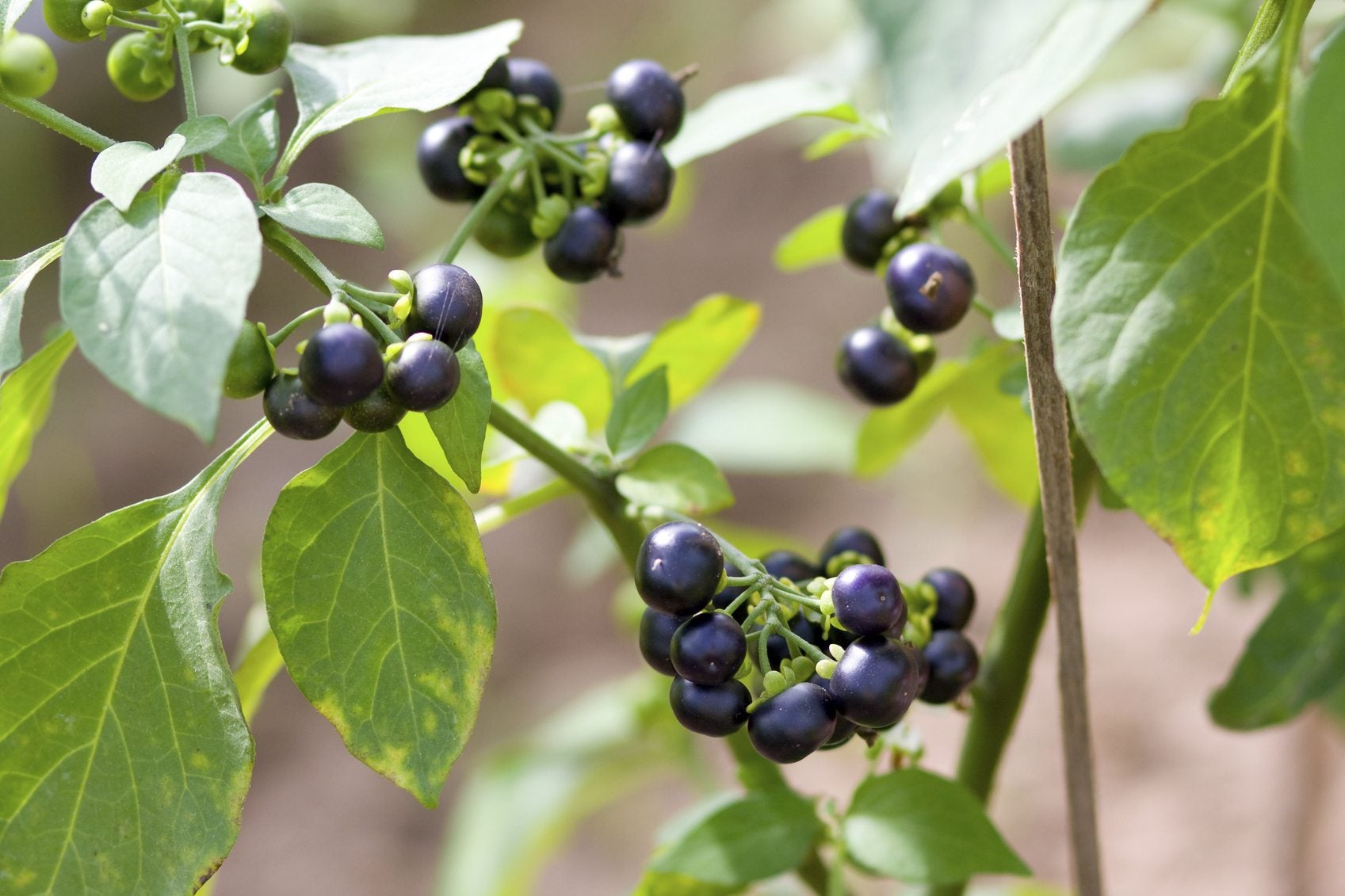Wonderberry Plant Info: What Is Wonderberry And Is It Edible


Wonderberries are interesting plants that produce berries from early summer until autumn. The plants are annual in most climates; wonderberries do not tolerate frost. Read on for more wonderberry plant info.
What is Wonderberry?
Also known as garden huckleberry, the wonderberry/sunberry (Solanum burbankii) is a unique plant developed by Luther Burbank in the early 1900s. The bushy, erect plants reach mature heights of 2 feet (61 cm.). Attractive, white flowers appear in midsummer, followed by hundreds of deep bluish black berries. Wonderberry growing is easy and the plants require little care. Start the seed indoors in late winter, then move the plants outdoors when all danger of frost has passed in the spring. If you live in a warm climate with no late frost, you can plant the seeds directly outdoors. Caring for the plant is no different than caring for a tomato or pepper plant.
Is Wonderberry Edible?
Wonderberry belongs to the highly poisonous nightshade family. Although this sounds frightening, the nightshade family also includes common edibles such as potatoes, tomatoes, gooseberry, eggplant, hot peppers, and tobacco. Wonderberries are relatively safe to eat, although unripe, green berries may be poisonous. This usually doesn't present a problem because unripe wonderberries are extremely bitter. Ripe berries are harmless, and they are easy to distinguish because they lose their greenish color. The berries are ready to pick when they are soft and no longer shiny. The ripe berries aren't very tasty when picked fresh and eaten raw, with a flavor akin to an unripe tomato. However, the berries are delicious in pies, syrups, and preserves when they are cooked and combined with sugar or another sweetener. Don't pick the berries the same way you would pick blueberries or huckleberries because you'll have nothing but a sticky mess. Instead, roll the berries gently between your fingers and let them drop into a bowl. Don't pick the green berries; they will ripen if you leave them on the plant.
Gardening tips, videos, info and more delivered right to your inbox!
Sign up for the Gardening Know How newsletter today and receive a free copy of our e-book "How to Grow Delicious Tomatoes".

A Credentialed Garden Writer, Mary H. Dyer was with Gardening Know How in the very beginning, publishing articles as early as 2007.
-
 Terrifically Tubular Flowers For Hummingbirds: 9 Tube-Flowered Plants To Attract Hummers
Terrifically Tubular Flowers For Hummingbirds: 9 Tube-Flowered Plants To Attract HummersGrowing tubular flowers for hummingbirds helps you create the optimum feeding conditions for your winged friends. Here are nine tubed delights for hummers
By Tonya Barnett
-
 How To Grow Hydroponic Tomatoes For Fresh Indoor Harvests – No Soil Required
How To Grow Hydroponic Tomatoes For Fresh Indoor Harvests – No Soil RequiredLearning how to grow tomatoes in water is easy and allows you to harvest fresh-home-grown produce in every season without any mess.
By Ellen Wells